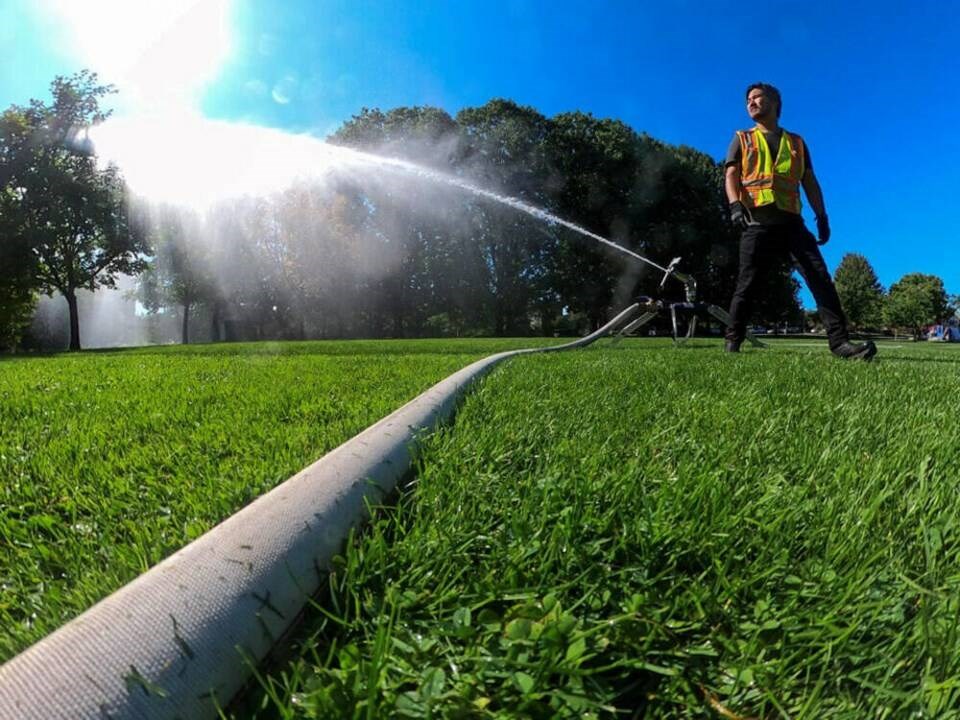We appear to be lurching from one climate catastrophe to another and the cycle we seem to be in shows no signs of ending.
In just a couple of years we have experienced atmospheric rivers of rain that washed out major highways, record high temperatures and an unprecedented heat dome that killed hundreds of people and now we are slowly coming out of the worst wildfire season in the province’s history.
Who knows what the coming year will bring (I’m betting on more bad things), but one characteristic of our climate and our geography appears to now be a constant presence: severe drought.
While the graphic and stunning footage of devastating wildfires or flooded valleys or washed-out highways is easy to comprehend, the widespread drought conditions and the impact they continue to have are sometimes less noticeable and can take place over a longer period of time.
Severe drought is much more complex and dangerous than it simply being a case dry, arid land and brown lawns in the neighborhood during the summer.
Not only is a prolonged and severe drought a prime contributor to dangerous wildfires, but it also can have a profoundly negative impact on everything from salmon bearing streams, agriculture operations and, perhaps most alarming of all, a guaranteed supply of safe drinking water.
For years, B.C. was given the nickname the “wet coast” and other plays on words that were built on the notion that we live in some sort of rain forest where every other day the heavens open and moisture descends.
But things have changed, courtesy of the effects of climate change and global warming.
Most of that rainfall occurs during the winter and recent summers have experienced lower than usual amounts of precipitation.
Also, record high temperatures have meant snowpack levels in high altitudes are at low levels, which means there is less water flowing into streams and rivers during the spring melt and less water making its way into underground aquifers.
It all adds up to a potentially severe water scarcity crisis that could become entrenched in this province if care is not taken (at this point, the forests ministry says nearly 80 per cent of all the water basins in B.C. are at drought or severe drought levels).
Tellingly, last week’s regular media briefing on the wildfire situation for the first time focused more on the threats posed by severe drought (and the steps that may have to be taken in response) rather than on the fires themselves.
Emergency Management Minister Bowinn Ma warned the drought will likely continue into next year and said British Columbians must change their entire way of thinking when it comes to this issue.
“It is absolutely essential that people change their mindset about water here in British Columbia as a result of the impacts that we’re seeing due to climate change,” she told reporters.
B.C. is hardly alone when it comes to severe drought conditions. Almost the entire western United States has been dealing with severe drought conditions the past several years (although the situation improved this year, inexplicably).
So far, the measures either enacted or being contemplated by the B.C. government when it comes to water use are largely voluntary. But make no mistake: we could be facing some very strict and mandatory rules in the years ahead as we grapple with rising temperatures and declining rainfall patterns.
For all the mocking of B.C. as the rain-drenched “wet coast” we may be approaching the point where our water is the most important and threatened commodity of all.
Keith Baldrey is chief political reporter for Global BC.
[email protected]



